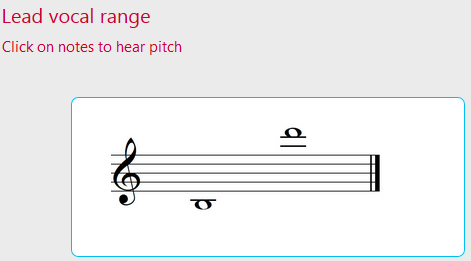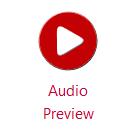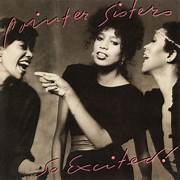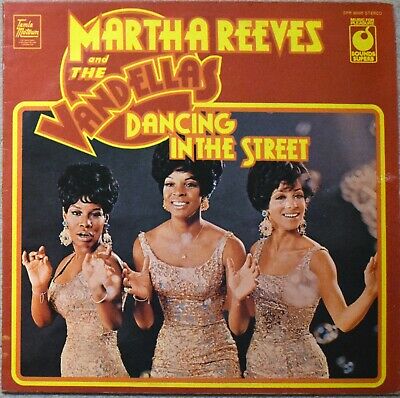TopDots Orchestrations LLP
The premier site for fully licensed commercial band arrangements. Authentic Pop Classics and Big Band standards for professional and student ensembles.
HELP
New Releases
Musical
What are the alternate Saxophone parts?
Are Saxophone players required to double?
As a Brass player is there anything I should know?
As a Saxophone player is there anything I should know?
Why do you supply 4 string Bass and 5 string Bass Guitar parts?
Why do some of your parts not fit within the range of my instrument?
What is the line-up for Big band?
What parts (in detail) are included in a Big Band arrangement?
What's the line-up for Big band lite?
What's the line-up for Pop Band?
How do I check if I am able to sing in the key of your arrangement?
What if all the arrangements you’re offering fall outside my vocal range?
Why do some of your alternate key versions sound a bit strange?
In what key are the arrangements produced?
If I can’t find a version in a key that’s suitable for me. Can you help?
Can you send me the master files, so I can change things myself?
Do you provide examples and audio demos of your music?
Can I record my band playing your arrangements?
Do I have to be able to read sheet music to play your songs?
How do I check if I am able to sing in the key of your arrangement?
TopDots has researched extensively into finding ways to help singers select arrangements in a key that’s best suited to them.
Go to the Song Details page of the song you are interested in.
- Select
Identify the cluster of boxes which refer to the available key(s) of the arrangements we have produced. One will always be named as ‘Original recorded key’ and there will be at least two more located underneath and labelled as ‘Select alternate key’. In these boxes the key will be displayed written in text format i.e. Am, D, C# etc.

- Check
To one side of the page is a musical stave which displays two notes. The leftmost note is the lowest note and the right note is the highest note the singer reaches while performing the song. Please be aware this range excludes the range used in any vocal ad-libs. By clicking on the lower note, a single note (piano) will sound. In a similar way, by clicking on the higher note it will sound the highest note. By clicking back and forth on these notes it should be relatively straight forward to know if you are able to sing comfortably within that range.

Alternate key. If an alternate key is selected (by clicking in its box) the notes that appear in the stave will automatically change to reflect those of the new key, and the corresponding new vocal range. As before audition the notes repeatedly to confirm suitability.
Note: To avoid confusion, whatever key button is selected, the ‘active’ box will remain highlighted.
Verify
Located just beneath the musical stave is a ‘Preview Audio’ button. By clicking on this button, a small audio (MP3) clip of approximately 30seconds will play. Use this feature to verify the key you have chosen. The audio clip is in the key you have been auditioning. If a new key is selected the audio clip (and the PDF example page of music) will change accordingly.

Please note: We are unable to refund or exchange any order made in error. It is the responsibility of each customer to ensure the key is correct at the time of ordering.









-Frankie Valli and Four Seasons.jpg)








